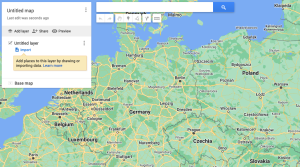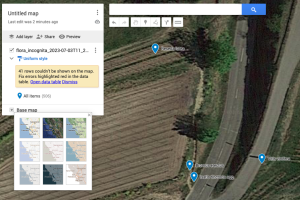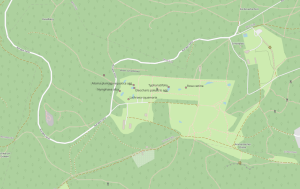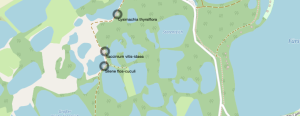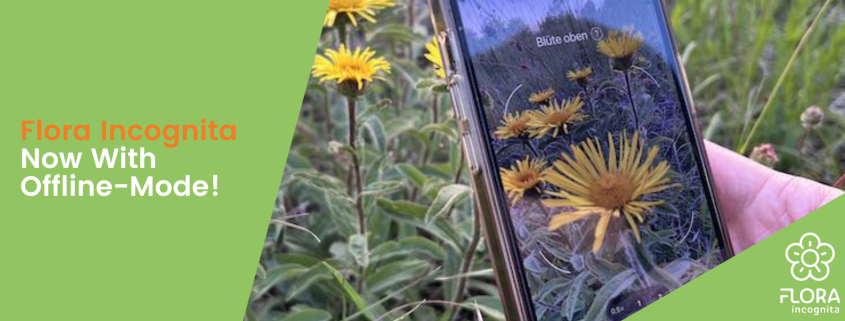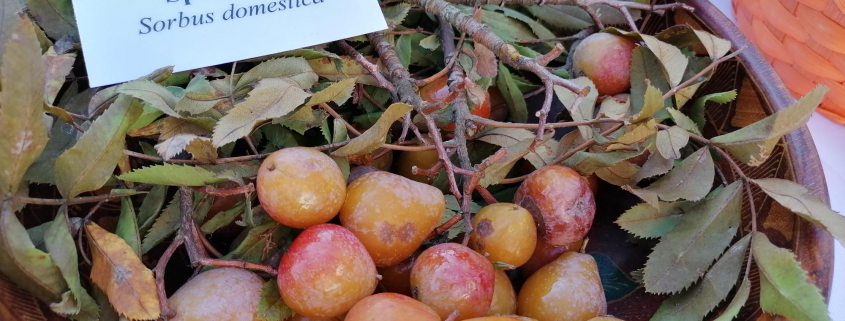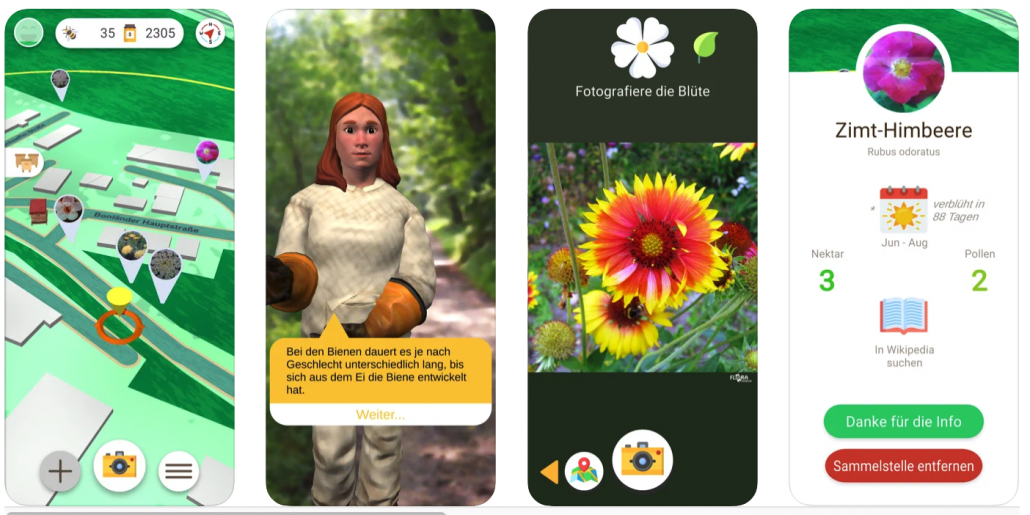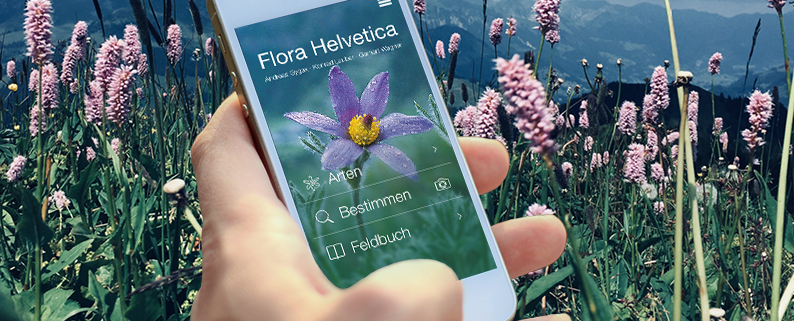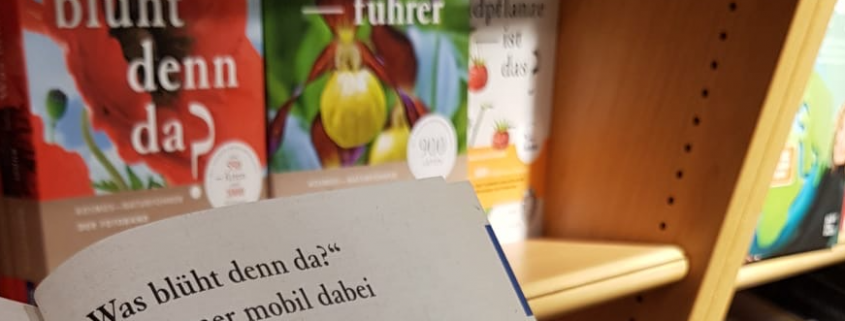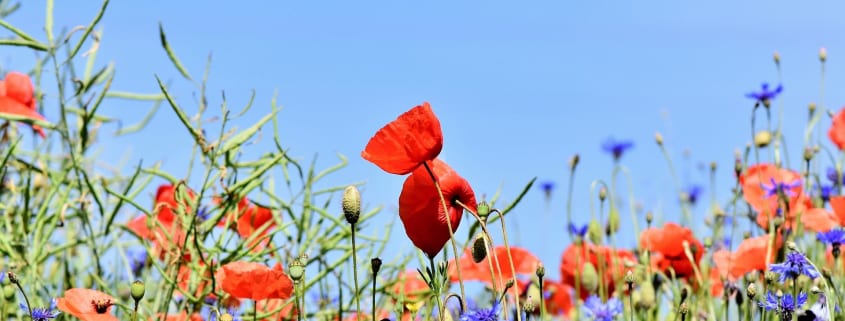Jana Wäldchen and her team from the Max Planck Institute for Biogeochemistry have played a key role in developing the plant identification app, Flora Incognita. We discussed with her how being able to identify different plants contributes to species diversity, which plant species are particularly under threat and how non-native species are suppressing local plants.
What role do Citizen Science projects such as Flora Incognita play in protecting the variety of species?
Projects such as Flora Incognita that involve the general public play two important roles. On the one hand, they simplify the identification process. Anyone who is interested in plants can now easily, quickly and fairly precisely put a name to an unknown species. This means that more attention is paid to plant variety and that people become more aware of nature and the need to protect it.
Naturally, documenting the variety of plant species also makes an important contribution. As a result, scientists and nature conservation authorities also benefit from the app. Thanks to the identified species and their location, extremely valuable data records can be created that provide information that is of relevance for research into species protection and biodiversity. In the long term, the data from the Flora Incognita app will make it possible to find new answers to questions such as: When do certain species flower, and where? How widely to the properties of a single plant species vary? How are the composition and locations of the plants shifting in response to climate change and the type of land use?
The Flora Incognita app has been in use for two years. What has changed during that time?
The goal of the project is to make it easier for people to identify plants, and in this way, to increase their awareness of the wide variety of species around them. We have received many emails and comments from users that confirm that we’re taking the right approach towards achieving this goal. We’re not just getting feedback about how easy it is to identify plants. Many users also write that this easy identification has broadened their view of the variety of species.
Comments such as “At last, we’re not just ‘blindly’ walking through the forest!” or “This is a fun way of finding out more about the environment” show that the app is making an important contribution towards raising awareness of plant diversity. It is very satisfying to have achieved this goal. Plant identification plays an important part in species protection, since we only want to conserve the things that we know.
How does the app make plant identification easier?
It’s a situation we’re all familiar with. While out walking, you spot a plant that you wouldlike to know more about. What is the plant called, is it poisonous, or might it be a protected species? For laypersons, the standard identification books are difficult to understand; identifying the plants takes a lot of time and is usually difficult to do because so many specialist terms are involved. This presents a major hurdle for people who are interested in identifying plants and who want to find out more about them.
Picture guides have made it easier to identify the most common species, but either we don’t always take them with us, or they don’t cover the entire range of plant varieties. Our Flora Incognita app allows users to identify plants quickly, easily and fairly precisely. Using the camera in your smartphone, you take a snapshot of the flower, and possibly also the leaves, and in just a few seconds, the suggested name of the plant is shown. Users are also given additional information such as its local protection status, important plant features, areas where it is found and information about similar species with which it is easily confused.
How often has the app been downloaded? How many plants have already been identified using the app?
The app has been downloaded over a million times. It has already been used to identify more than eight million plants. To date, Flora Incognita has identified around 4,600 different species.
Can the app be used to draw conclusions about plant variety in specific ecosystems?
The plant observations collected using the app are not systematic and only reflect what the users see in nature, and what attracts their interest. This means that we only get information about which species are growing in specific areas. This does not enable us to draw conclusions as to whether certain species are not present. Those species that are common and striking in appearance are identified more often than the rarer, less spectacular ones.
Even so, after just two vegetation periods, we can determine similar patterns of spread for certain species to those identified in floristic, systematic mapping for the whole of Germany. This illustrates the potential for the app to supplement floristic mapping in the long term. We are very confident that this autumn, we will have collected sufficient observations to allow us to make more detailed statements about plant variety in different regions.
However, we can now already say that most identifications are made in urban areas, in the places very close to where people live. The species that are photographed most often are nitrogen indicators such as yarrow (Achillea millefolium agg.), dandelions (Taraxacum), ground ivy (Glechoma hederacea agg.) or garlic mustard (Alliaria petiolata), which mainly grow in anthropogenic habitats. At the same time, we have also noticed that people often use the app when they are away on holiday. For example, in 2019, observation figures were higher in relation to the size of the population on the North and Baltic Sea coasts and in the Alpine region than in other areas.
Which plant species are particularly under threat?
In Germany, nearly a third of native wild species are endangered. This is the figure given in the endangered species list of ferns and flowering plants, mosses and algae, which was published by the German Federal Agency for Nature Conservation in December 2018. Due to intensive farming, many species have declined significantly, such as the flame adonis (Adonis flammea), which grows in central Europe on chalky, shallow arable land. The round-leafed modesty (Bupleurum rotundifolium), which has similar soil requirements, has disappeared in many places.
Another group of species that is particularly under threat are plants that grow in non-cultivated, in particular low-nutrient, poor soil. They include species such as the small pasque flower (Pulsatilla pratensis) and catsfoot (Antennaria dioica). However, typical moorland plants such as types of sundew (Drosea spec.) or bogbean (Menyanthes trifoliata) are also classified as endangered species. The main cause of the decline in numbers is the increasing addition of nutrients to the soil. As well as those plants that are included on the list of endangered species, there are also others for which Germany is responsible internationally for protecting, either because they only grow in Germany, or because their populations here are large compared to other countries. They include species such as the sycamore (Acer pseudoplatanus) and copper beech (Fagus sylvatica).
Which ecosystems need particular protection?
A particularly large number of species groups that are under threat or in danger of becoming extinct grow on low-nutrient soil, such as heathland, grassland, and moorland. However, hay meadows rich in plant species, orchards, floodplains, alpine meadows and coastal dunes also need special protection.
Which neophytes grow particularly well in Germany?
Neophytes are plants that began to grow after 1492 in areas from which they do not naturally originate. In Germany, more than 400 neophytes have become firmly established. Of these, more than 50 species have been classified by the German Federal Agency for Nature Conservation as being invasive or potentially invasive. Many of us are familiar with common plants such as the Canadian goldenrod (Solidago canadensis), hill mustard (Bunias orientalis), Japanese knotweed (Fallopia japonica), giant hogweed (Heracleum mantegazzianum) and Himalayan balsam (Impatiens glandulifera).
These “invasive” non-native species generate problems for nature conservation and lead to economic damage by reducing crop yields, causing increased use of pesticides in agriculture and forestry, or making it more expensive to maintain roads, waterways and railway tracks, for example. Giant hogweed and common ragweed (Ambrosia artemisiifolia) also contain substances that cause burns or allergies among humans.
After habitat destruction, invasive species are regarded as posing the second-greatest threat to biodiversity throughout the world. Above all, invasive species compete with native species for habitat and resources. In doing so, they can suppress individual native species or even entire natural communities. One clear example for the area near where we work in Jena is hill mustard. It has spread like wildfire and is now pushing out native and rare plant species from the species-rich meadow and semi-dry grassland biotopes. Early detection and rapid response are critical processes to prevent the spread and establishment of invasive species.
How will the app be developed in the future?
While in recent years, we have mainly worked on the app and automatic identification, in the follow-up project, Flora Incognita++, our main aim is to evaluate the observation data. Here, studies are needed for automatic quality control. We also want to be able to draw conclusions about flowering periods, dissemination, and coexistence.
We have also not yet met all our quality standards when it comes to automatic identification. In the follow-up project, we will improve the detection algorithms specifically for species groups that are critical to identification, such as sweet and sedge grasses.
We are also working on our third app (Flora Key), which contains an interactive identification key and which enables manual identification on the basis of morphological properties of the plant. This identification key will also be integrated into the Flora Incognita app.
The Flora Incognita project is jointly funded by the German Federal Ministry of Education and Research (BMBF), the German Federal Agency for Nature Conservation and the Thuringian Ministry for the Environment, Energy and Nature Conservation, and will continue to take an application-oriented approach. An important goal of our research group will continue to be to forge links between science, the general public and the government authorities.
Many thanks for this interview!
Interview: Barbara Abrell (Max Planck Society)


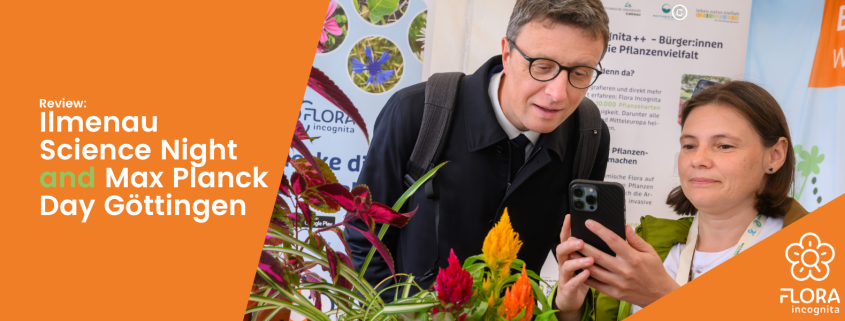
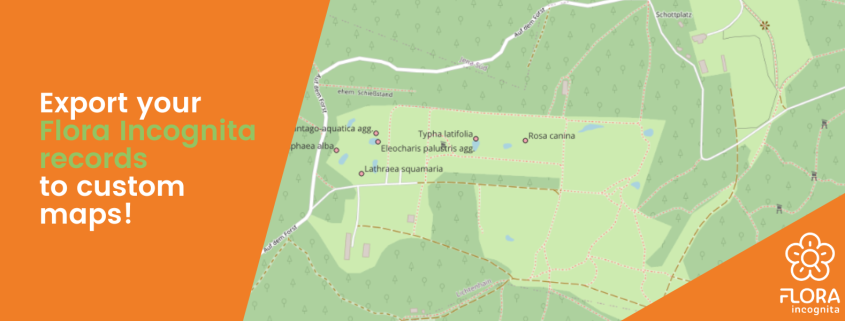
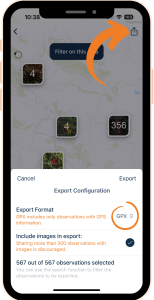 Regardless of the method you choose, first, you need to export your observations from the Flora Incognita app. To do that:
Regardless of the method you choose, first, you need to export your observations from the Flora Incognita app. To do that: